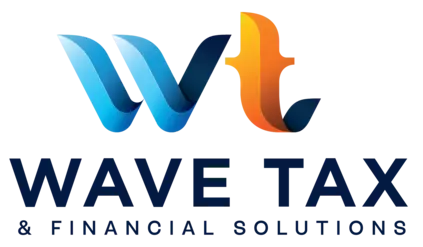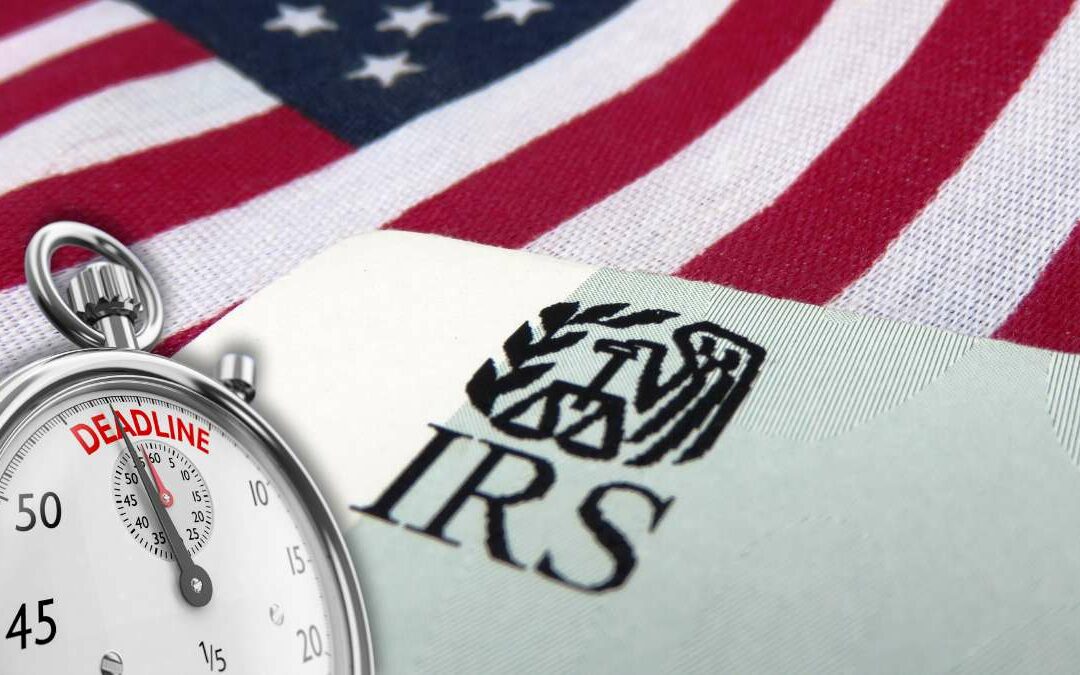The US Internal Revenue Service (IRS) issued a crucial reminder to millions of taxpayers about the second quarterly tax payment deadline, which was June 16.
This notification was especially important for self-employed workers, small business owners, and all citizens whose income is not subject to automatic federal withholding.
You may also read | Report: “Forgotten” 401(k) Accounts Can Cost Thousands of Dollars in Retirement Savings
Importance of the Deadline
While traditional employees make a single annual payment in April, taxpayers with variable income or who are not subject to withholding are required to make four estimated payments throughout the tax year.
The recent June 16 deadline marked the second of these critical deadlines for the 2025 tax year.
Strict compliance with these deadlines is essential to avoid significant financial penalties, as the IRS applies fines and interest charges on amounts not paid on time.
The IRS clearly established the parameters that determine which taxpayers must make these quarterly payments:
- There are individuals and sole proprietorships that project an annual tax liability of more than $1,000, a category that includes independent professionals, small business owners, and shareholders of S corporations;
- Companies incorporated as corporations must comply with this requirement when they anticipate a tax liability of $500 or more.
- A special case is represented by those workers who, despite having formal employment with withholdings through Form W-2, supplement their income with independent activities or occasional earnings.

Scope and Consequences
The June 16 payment was specifically intended to cover income generated during the period from April 1 to May 31 of this year.
This advance payment mechanism allows the tax agency to more efficiently manage cash flow throughout the entire tax cycle.
For taxpayers who have not met this obligation within the established deadline, the IRS has designed a system of penalties that covers several aspects.
A base penalty calculated as a percentage of the amount due is applied, to which cumulative interest is added, calculated daily on the outstanding debt.
In more serious cases, additional restrictions affecting future tax returns may be implemented.
Available Regularization Mechanisms
Despite the official deadline having passed, the IRS maintains several alternatives for taxpayers to remedy their situation.
Online payment through the Direct Pay system available on the official website is the fastest and most efficient option.
For those who prefer other methods, there are alternatives such as bank transfers through the Electronic Federal Tax Payment System (EFTPS), the use of the IRS2Go mobile app, or the traditional method of sending a check or money order accompanied by Form 1040-ES.
Upcoming Tax Obligations
Taxpayers should prepare for the following milestones in this year’s tax calendar:
- September 15 is the next deadline, covering income earned between June and August;
- January 15, 2026, will mark the final deadline for reporting income for the period from September to December.
For those who are in arrears, it is essential to take immediate action. Making the outstanding payment as soon as possible minimizes the impact of penalties.
🔎 At Wave Tax, we can help you and your business to evaluate possible options for regularization and determine whether you qualify for any exemptions for insufficient payments.
The calculation tool included in Form 1040-ES facilitates the accurate adjustment of future payments.
The IRS maintains its service channels, including the IRS.gov website and telephone helplines, to provide specific guidance on these outstanding tax obligations.

